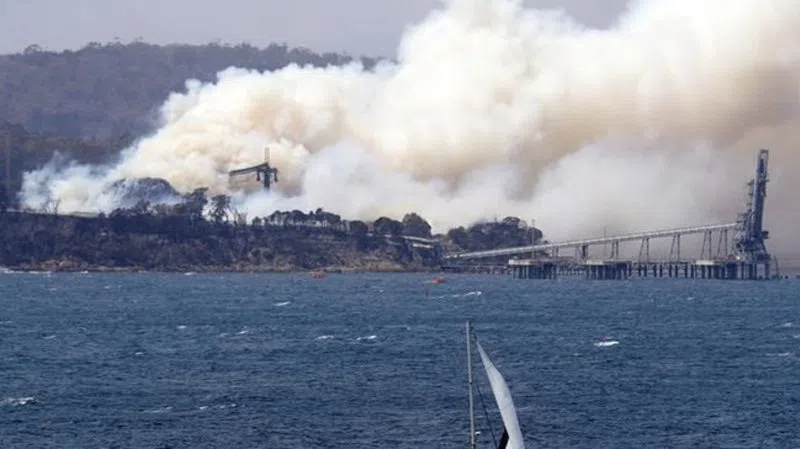
Australians leave homes as heat, winds escalate fire danger
EDEN, Australia — Thousands of people fled their homes and helicopters dropped supplies to towns at risk of nearby wildfires as hot, windy conditions Friday threatened already fire-ravaged southeastern Australian communities.
The danger is centred on New South Wales and Victoria, Australia’s most populous states, where temperatures and winds spiked after a few days of relatively benign conditions.
Firefighters were working into the night to keep the fires from reaching communities as fierce winds whipped the blazes in multiple directions.
The New South Wales Rural Fire Service had warned that coastal towns south of Sydney including Eden, Batemans Bay and Nowra could again be under threat weeks after losing homes to the fires. By Friday evening, the wildfires burning in that region were holding within containment lines, but winds could cause them to flare anew, Rural Fire Service Commissioner Shane Fitzsimmons told reporters.
